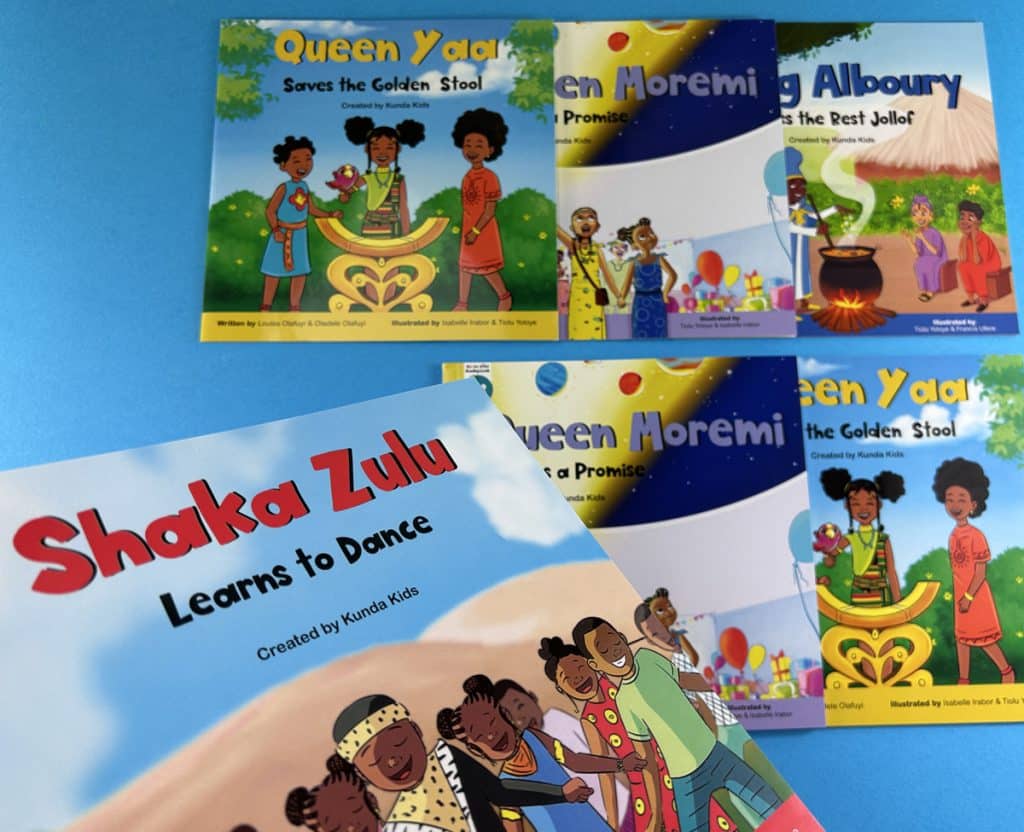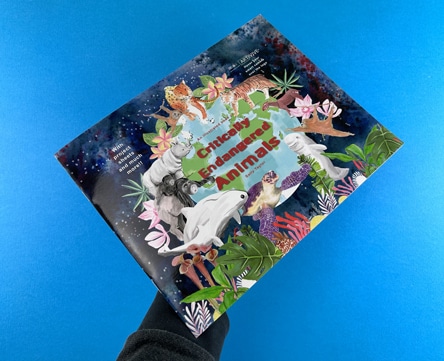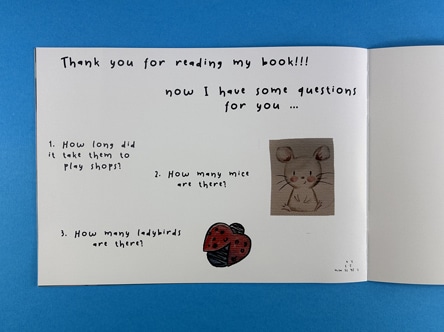
Education encompasses a variety of approaches to engage learners and promote their comprehension. One notable method is the integration of multi-sensory learning techniques into phonics book printing. By combining visual, auditory, kinesthetic, and tactile elements, these approaches create a comprehensive learning experience that fosters student engagement and deepens understanding. In this blog post, we will explore the advantages of multi-sensory learning techniques in phonics education and their integration into printed resources, highlighting their significance in educational publishing.
The incorporation of multi-sensory learning techniques in phonics education offers numerous benefits. By engaging multiple senses, students can absorb and retain information more effectively. Visual elements such as vibrant illustrations and diagrams help learners associate letters and sounds, aiding in the development of phonemic awareness. Auditory components such as audio recordings and interactive read-alouds enhance students’ listening skills and reinforce phonics concepts. Kinesthetic and tactile exercises, such as tracing letters or manipulating letter tiles, allow students to physically interact with the content, promoting hands-on learning and muscle memory.

Phonics books play a pivotal role in the integration of multi-sensory approaches. These books are designed to incorporate visual cues, engaging illustrations, and carefully selected fonts that facilitate letter-sound recognition. By strategically placing images and text, phonics books encourage students to follow along and participate actively in the reading process. Tactile elements such as textured pages or interactive flaps can also be included to create a sensory-rich experience. Additionally, audio components, including QR codes or accompanying digital resources, enable students to listen to correct pronunciation and engage in auditory exercises.

The use of multi-sensory techniques in phonics book printing aligns with the principles of educational publishing, offering an inclusive and humanistic approach to learning. These techniques cater to diverse learning styles and enable educators to reach students with different preferences and abilities. By providing a multi-sensory experience, phonics books become valuable classroom resources that foster engagement, improve retention, and promote a love for reading. Educational publishers can harness the power of multi-sensory learning by creating captivating
